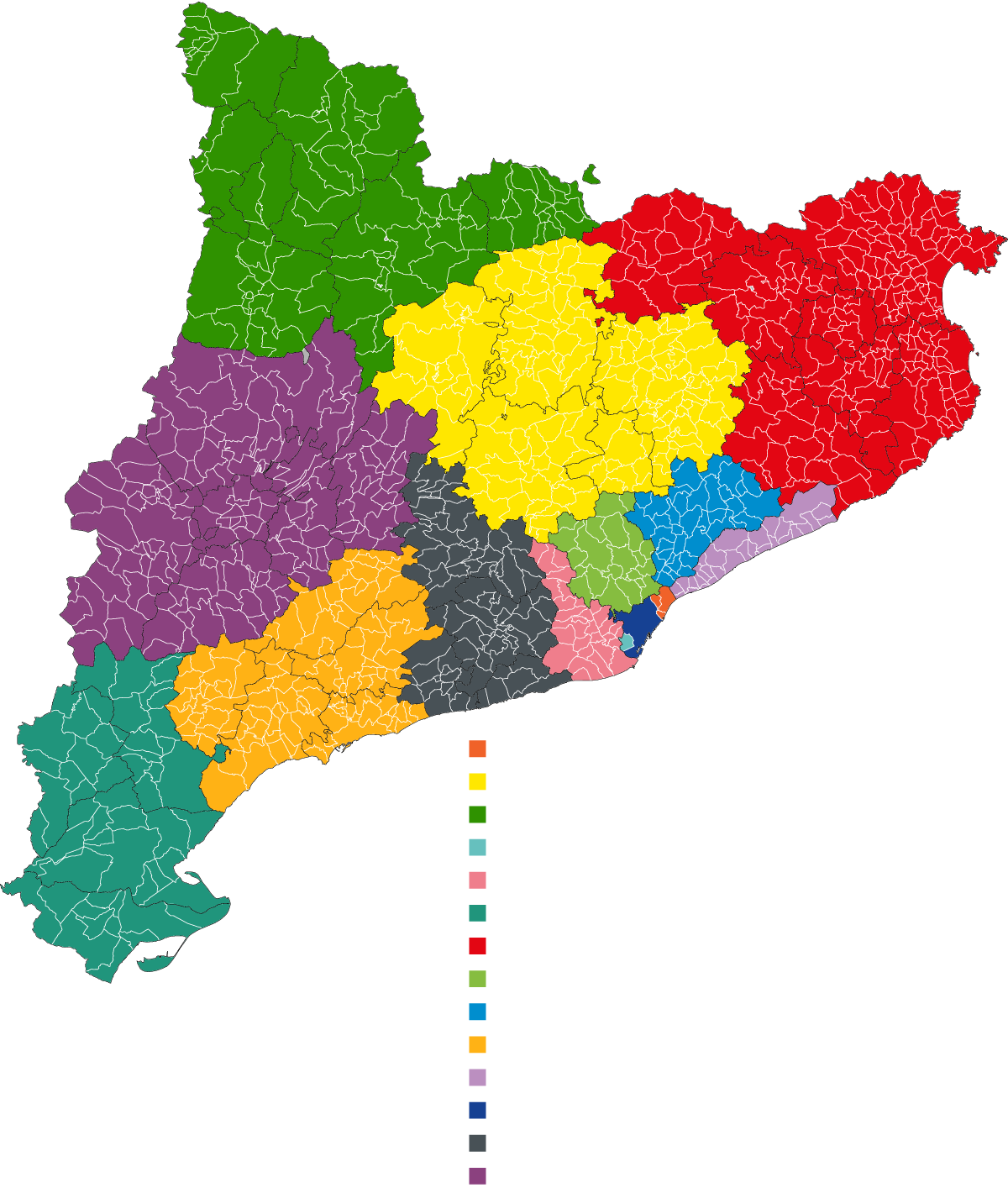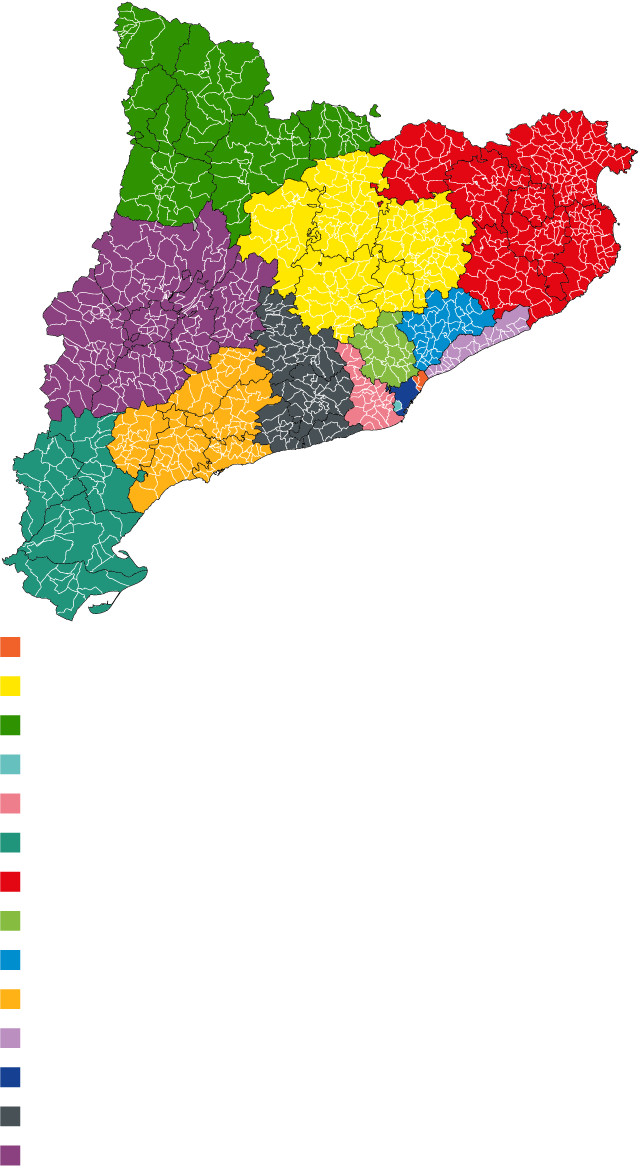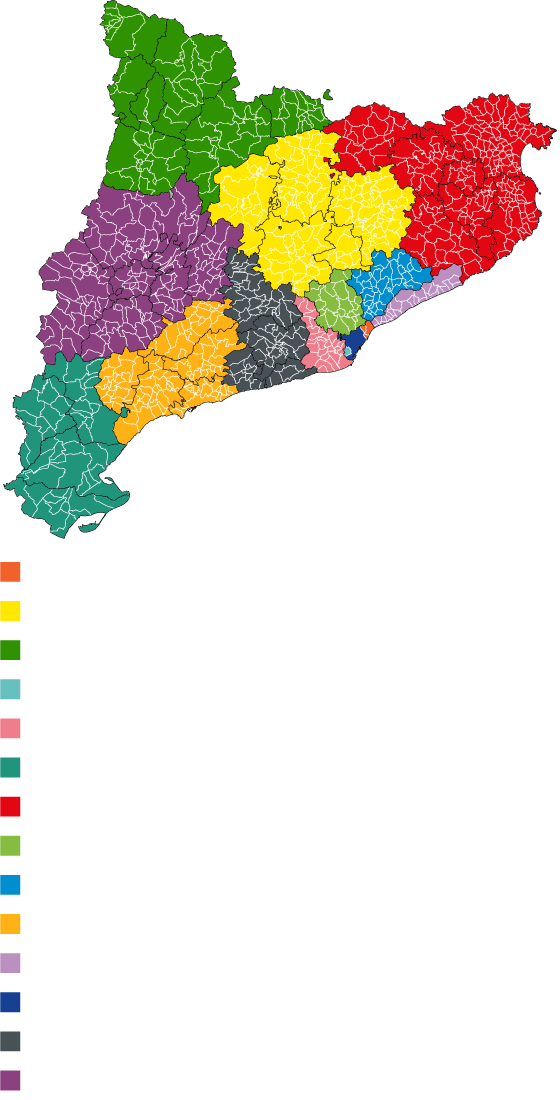This is what cooperative athenaeums look like: the successful model that drives the SSE in the territories
The Network of Cooperative Athenaeums brings together fourteen organizations that, for almost ten years, have been growing the social and solidarity economy in Catalonia with one goal: to advance toward a more just, collective, and self-organized society.

In Barcelona, the cooperative production company Responsabilidad Social Audiovisual (CREARSA) and the La Carbonera bookstore in Poble-sec. In Camp de Tarragona, the Contrapunt musicians' cooperative. In the Alt Pirineu and Aran regions, a good handful of agri-food cooperatives. In Catalonia, hundreds of projects have, at one time or another, taken advantage of the services offered by cooperative athenaeums. They are support offices but also economic revitalization centers, meeting spaces, and think tanks. Since 2016, they have acted as local antennas for a socioeconomic model that seeks to strengthen the economy rooted in the region, with collective, democratic, and transformative projects. Next year will mark ten years since this program was launched with the support of the Department of Business and Labor. During this time, it has generated a 45% increase in the number of registered cooperatives in Catalonia, as shown by the Registry of Cooperatives of Catalonia.
"The athenaeums have contributed to the growth of the social and solidarity economy (SSE) ecosystems in our regions," argues Jordi Torrents, coordinator of Coopsetania, which operates in the regions of Alt Penedès, Baix Penedès, Anoia, and Garraf. "We are a benchmark that offers training, support, and links with other projects, administrations, and services in the region," he adds. The role of these structures goes far beyond initial advice: the supported entities can remain connected to the athenaeum through consolidation resources, a social market, and spaces for sectoral intercooperation.
Networking
For several years now, the work of the cooperatives has also been coordinated through the Network of Cooperative Cooperatives (XAC), which brings together the fourteen regional organizations and more than 300 sponsoring entities. It is a unique public-cooperative project in Europe that acts as a lever for promoting new cooperatives, consolidating collective projects, and coordinating a transformative and democratic economy in the region. The project has demonstrated that public policies can be developed locally, focusing on the knowledge and needs of each region.
"The cooperative athenaeums and the XAC have the mission of building a socioeconomic model based on the principles of cooperativism and self-organized collectivity to guarantee a just, supportive, and free society," explains the XAC. They do so with the general objective of energizing and creating collective, democratic, fair, and supportive socioeconomic relations for the reference territories, contributing to the strengthening and growth of economic activity as well as the creation of quality jobs. It is a consolidated and well-structured movement: at the last annual plenary session, held in Granollers, for example, more than 200 representatives of the cooperative world met. They presented the strategic lines of the new three-year plan, with special emphasis on the co-construction of public policies and the deployment of collaborative housing projects.
From the Pyrenees to the Penedès
The uniqueness of the model lies in the fact that each Athenaeum operates within a specific territory. This allows it to adapt to the local characteristics and dynamics of each area. In rural areas like the Pyrenees, the program's impact has been felt in sectors such as agri-food, wood, and care. "Our area is home to microenterprises and small projects," explains Mireia Ribas Monfort, a technician at the Athenaeum of the Alt Pirineu and Aran Cooperative (ACAPA). "The Athenaeum provides them with technical support and also helps them connect with each other: this generates real opportunities for viability," she adds.
One of the central objectives is to promote forms of collective entrepreneurship that allow for the development of a life project linked to the territory. "The projects we receive aim to work horizontally, prioritize quality of life, and have a positive impact on the environment," Ribas summarizes. This translates into initiatives ranging from consumer groups and shared workshops to service and housing cooperatives.
In Barcelona, the leading cooperative center is Coòpolis, which brings together 19 cooperative and SSE entities in the city. "The collective entrepreneurship projects that come to Coòpolis are either start-up projects or are in the consolidation and maturation phase and require expert support for the creation or consolidation of the cooperative," explains Cristina Moreno, president of Coòpolis. She also explains that the vast majority of the projects they receive have a specific focus on people-centered business management and direct and democratic participation.
In parallel, Coopsetania supports nearly ninety projects each year in its regions of influence and helps establish a dozen new cooperatives each year. "What we've seen is that there's no single profile: there are groups of young people who want to start a business together, but also professionals who want to transform their existing activities, or people looking for alternatives to precarious work," notes Torrents of Coopsetania.
The pending challenges
Now that the cooperative athenaeum model is about to celebrate its tenth anniversary, what challenges lie ahead? "There are still many people who don't consider that pursuing it collectively can be more sustainable, safer, and more rewarding," says Torrents. Coopsetania also calls for governments to move more decisively toward a responsible public procurement strategy, a key tool for facilitating cooperatives' access to public contracts. They also emphasize the need to consolidate the athenaeum model as a stable public policy, beyond subsidy cycles.
The XAC makes a very similar assessment. First, it points to the need to consolidate its position as a stable public policy, not subject to political circumstances or annual grant calls. "It is also necessary to strengthen the XAC as a space for collaborative and quality work, with the capacity to welcome new entities, transfer knowledge, and offer shared training," the organization notes. Making the work being done—and the network's unique identity—visible is another pending issue, as is achieving a real mainstreaming of the social and solidarity economy within public administration, beyond the Department of Business and Employment.
Finally, the sector also considers the need to extend the presence of the SSE to all areas of economic activity. While the impact of cooperatives is visible in areas such as agri-food, care, and culture, there are strategic sectors—such as industry and tourism—where there is still much to be done. To move forward, it will be key to share strategies with other actors in the social economy and continue to build alliances in shared workspaces.
In a context of growing inequalities and an eco-social crisis, cooperative associations champion the SSE as a viable option with proven results. In fact, the growth in the number of cooperatives in recent years is proof of this. "We must continue to make visible that we have a vibrant, diverse social market capable of responding to people's needs," says the XAC. From Coòpolis, they highlight the current momentum of the cooperative movement. "Currently, the ideal circumstances exist for promoting cooperativism: on the one hand, the cooperative movement and the SSE are experiencing a very positive trend, and on the other, the cooperative movement itself and public administrations have consolidated structures and programs to strengthen the SSE throughout Catalonia, such as Bloc4BCN and the Xarxa con," Moreno, the president of the Barcelona cooperative association.



